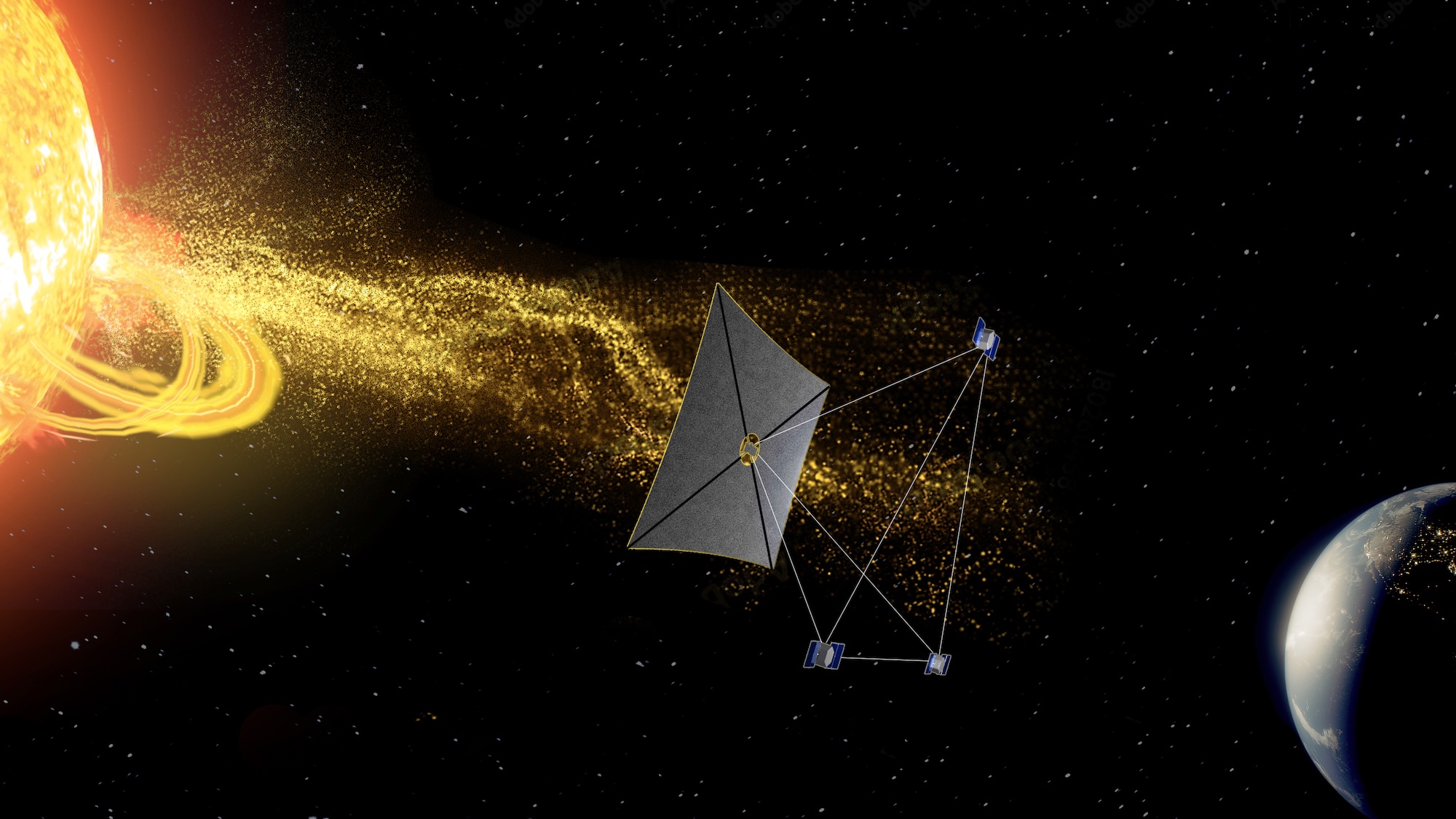In May 2024, solar flares erupted from the sun, sending massive plumes of charged plasma toward Earth. These solar storms caused significant disruptions, including tripping power lines and forcing aircraft to alter flight paths. While meteorologists rely on various monitoring tools, astronomers face challenges in predicting cosmic blasts. A recent study from the University of Michigan highlights an additional concern: the presence of “space tornadoes,” which pose a threat to our planet’s infrastructure.
The study, published on October 6 in The Astrophysical Journal, reveals that our current systems for monitoring solar activity may not adequately account for these smaller, yet impactful, phenomena. Researchers, including climate and space scientist Chip Manchester, developed advanced computer simulations to better understand these space tornadoes, which can cause harm to electrical grids and digital systems on Earth.
Understanding Space Tornadoes
The solar wind consists of complex, dynamic interactions of energy, similar to Earth’s wind patterns. Experts have primarily analyzed large-scale solar events known as coronal mass ejections (CMEs), which can span an average of 34 million miles. However, smaller flux ropes, measuring between 3,000 and 6 million miles wide, often go undetected by existing simulations.
Manchester stated, “Our simulation shows that the magnetic field in these vortices can be strong enough to trigger a geomagnetic storm and cause some real trouble.” The research indicates that many space tornadoes form as CMEs interact with slower-moving solar wind, leading to the creation of spinning plasma formations. While some of these tornadoes dissipate, others collide with streams of solar wind, posing risks to Earth.
The challenge lies in the current monitoring systems, which are primarily designed to detect CMEs. As co-author Mojtaba Akhavan-Tafti elaborated, “This is a matter of national security. We need to proactively find structures like these Earth-bound flux ropes and predict what they will look like at Earth to make reliable space weather warnings for electric grid planners, airline dispatchers, and farmers.”
A Proactive Monitoring Solution
Solar wind can only create geomagnetic storms when its magnetic field is oriented southward. Currently, spacecraft positioned between Earth and the sun monitor direct solar storms. However, CMEs can eject plasma clouds in various directions, meaning smaller space tornadoes may go unnoticed. These tornadoes can eventually make their way toward Earth, highlighting the need for improved monitoring systems.
Manchester compared the situation to attempting to monitor a hurricane using information from a single wind gauge: “You’d see a change in the measurements, but you wouldn’t see the storm’s entire structure.” To address this gap, the team proposed the Space Weather Investigation Frontier (SWIFT), a project conceived as part of a NASA mission concept study.
The SWIFT proposal envisions launching four identical spacecraft into a triangular formation approximately 200,000 miles apart. A fifth spacecraft would act as the apex of the pyramid, positioned to observe solar wind fluctuations as they approach Earth. This formation could increase warning times for potential solar storms by up to 40 percent.
Despite the promise of the SWIFT project, it faces significant challenges. The apex spacecraft would need considerable fuel to counteract the sun’s gravitational pull. However, a potential solution may be on the horizon through NASA’s separate Solar Cruiser mission. If equipped with a deployable aluminum sail about one-third the size of a football field, the spacecraft could harness photon energy to act as a solar anchor in space.
As of now, the SWIFT project remains a proposal rather than an established plan. Designed as a three-year mission, it aims to pave the way for more comprehensive monitoring systems in the future. While the concepts of space tornadoes and solar sails may seem like elements of science fiction, they are poised to play crucial roles in safeguarding humanity against potential cosmic threats.
